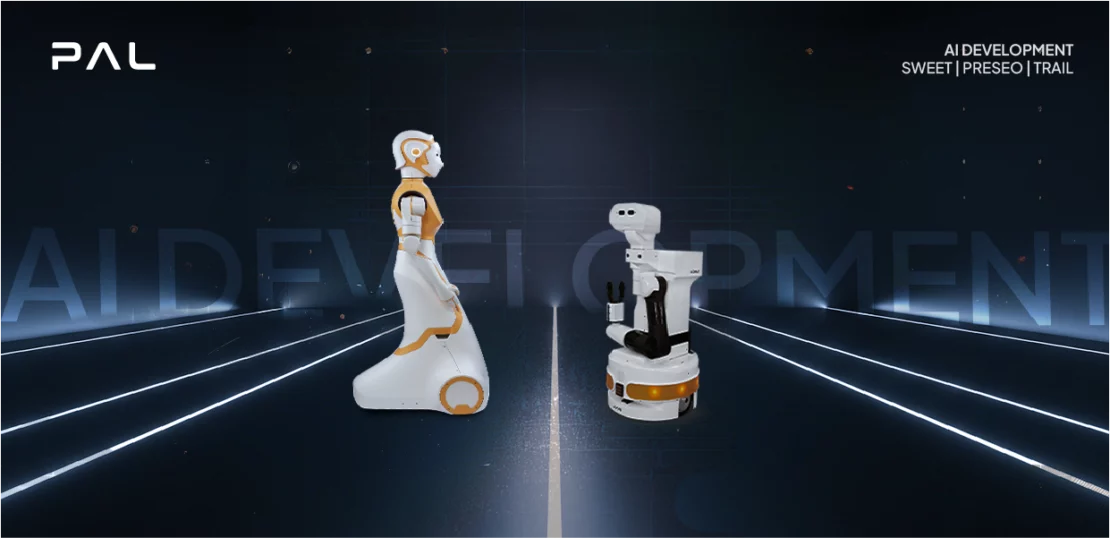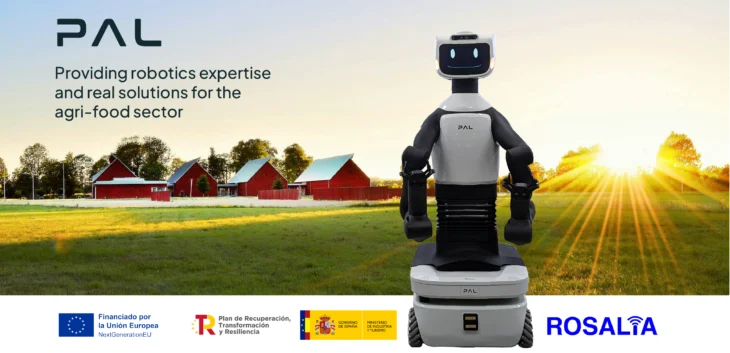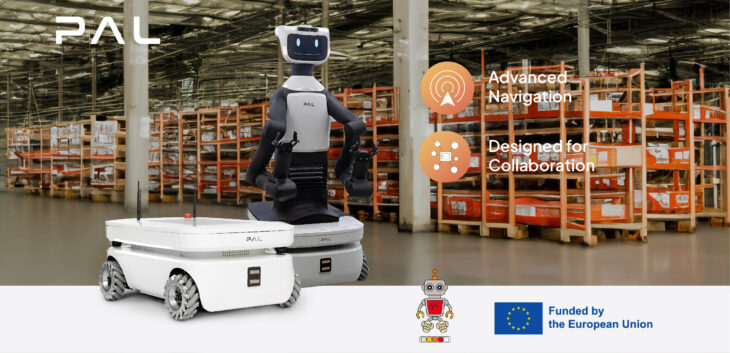
A human-centered approach to AI development
Artificial Intelligence is no longer confined to labs or academic theory, it’s embedded in the core of modern robotics. Today, robots do more than move; they perceive, learn, adapt, and even explain their actions. At PAL Robotics, this transformation is being driven through three major European research projects: SWEET, PERSEO, and TRAIL.
These initiatives go beyond technical milestones. They lay the foundation for truly human-centered AI, where intelligent robots are designed not only to perform tasks but to understand people, build trust, and thrive in multiple environments.
Three research projects powering the next wave of AI in robotics
From social intelligence to learning by demonstration and explainable decision-making, these three EU-funded initiatives highlight how PAL Robotics is advancing the state of AI in real-world service robots:
SWEET Project: advancing socially aware robotics with AI
The SWEET project (Social aWareness for sErvicE roboTs) focuses on one of the most complex areas of AI in robotics: social interaction. Through advanced AI-powered perception and decision-making, SWEET enables robots to recognize human emotions and intentions, vital for operating in dynamic human environments such as public spaces or healthcare settings.
This isn’t AI in the abstract. It’s intelligence embedded in physical robots, systems designed to behave ethically and socially. Robots developed through SWEET act as social agents capable of interpreting human context and responding appropriately. This human-context awareness builds the foundation for trust and acceptance in everyday human-robot interactions.
PERSEO Project: training robots to learn from human behavior
The PERSEO project (PErsonalized Robotics as SErvice Oriented applications) explores how AI can help robots adapt to individual users by learning directly from their actions. Instead of relying on simply preprogrammed instructions, robots in PERSEO are trained to observe how people perform actions and learn to replicate them in contextually appropriate ways.
Through techniques like imitation learning and attention modeling, robots like TIAGo learn by watching human demonstrations. AI models help identify and prioritize key aspects of these demonstrations, allowing robots to reproduce movements and responses with greater relevance and fluidity.
These developments combine machine learning with physical embodiment, enabling robots to interact in a way that feels more natural. PERSEO strengthens the role of AI in advancing more adaptable, user-aware service robots, bringing us closer to intelligent systems that respond to human behavior with practical, real-world usefulness.
TRAIL Project: building transparent and trustworthy AI system
As AI capabilities grow more complex, so does the need for transparency. The TRAIL project (Transparent Robotics AI Lab) is focused on developing robotic systems whose decisions are interpretable, explainable, and accountable. The project focuses on interpretable AI, ensuring that human collaborators understand what robots are doing and why.
To showcase this work, TRAIL uses ARI, PAL Robotics’ social robot, as a live demonstration platform. Through ARI, we showcase how AI can be made understandable, highlighting that transparency isn’t optional, it’s essential. Robots that explain their behavior foster smoother, more trustworthy human-robot collaboration. The result? A more responsible, ethical, and socially integrated approach to deploying AI in the real world.
Robotics research that puts people first
The SWEET, PERSEO, and TRAIL projects represent three powerful directions in AI development: social awareness, adaptive learning, and transparency. Together, they are shaping a new era in service robotics, one where intelligent systems are more than efficient. They are relatable, understandable, and designed with human interaction in mind.
At PAL Robotics, we believe the future of AI lies in creating technologies that serve people not only functionally, but ethically and intuitively. These projects are not just about what AI can do, they’re about making AI that works with us, and for us.


